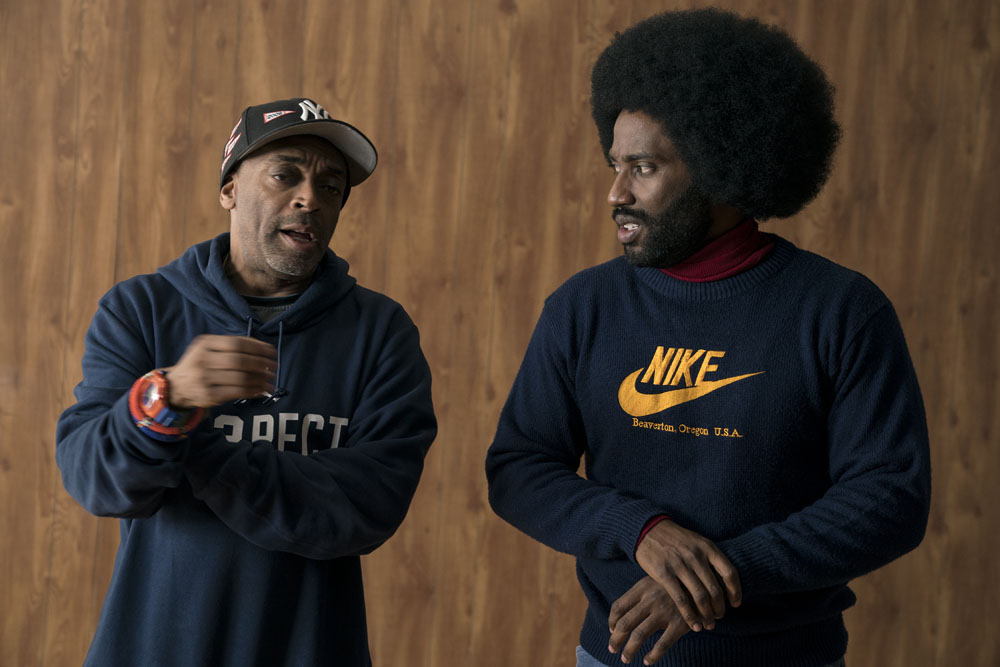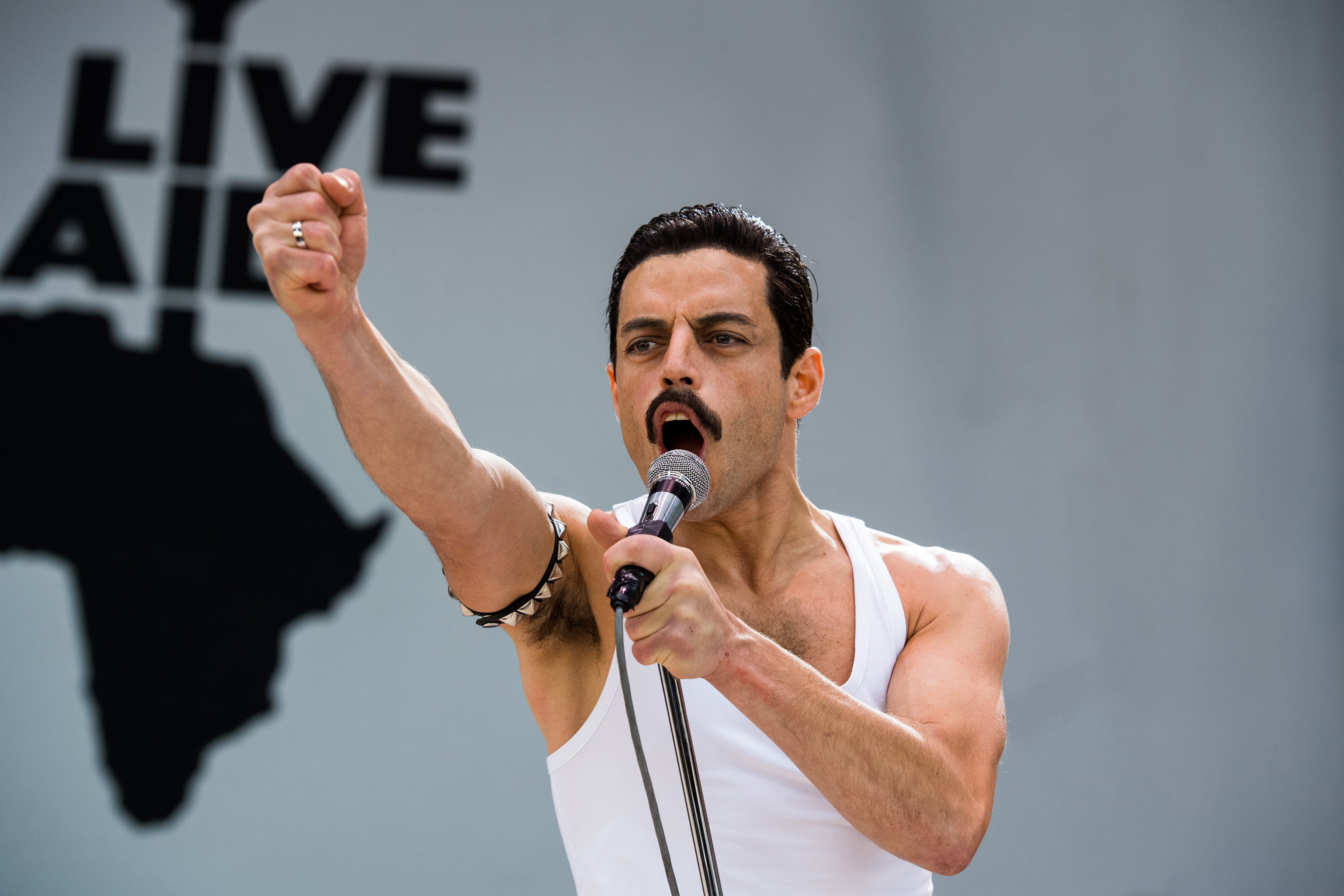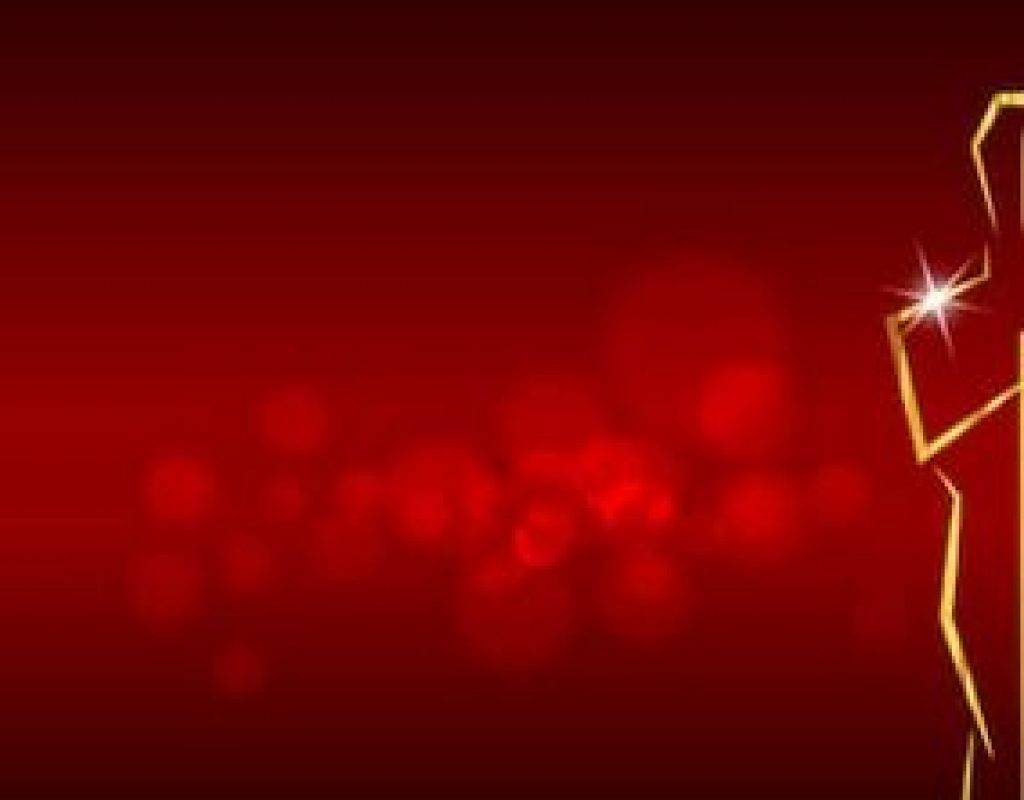With controversy about the decision to hand out Oscars during the ad break finally being resolved, we can shift our focus to discussions about which films and creative professionals should be honored at the 91st Academy Awards. Set to take place on Sunday, February 24, 2019, the ceremony will undoubtedly feature plenty of upsets and surprises, and we’ll thankfully be able to see all of the Oscar presentations without edits, in the traditional format.
PVC interviewed numerous Oscar nominees as part of the ongoing Art of the Cut and Art of the Shot columns. A brief look at each is available below, but be sure to read the whole interview to get a better sense of why these films and creatives have been nominated for an Oscar, and to decide for yourself who is most deserving of one.
BlacKkKlansman- Barry Alexander Brown

Credit: David Lee / Focus Features
BROWN: Spike shot the portraits at the same time he shot the Kwame speech. They were just shooting them in a different room and Spike was choosing people that were in that audience. He had this notion of, “I’m going to use them. I’m not exactly sure how I’m going to use them, but I want to use them.” He chose the first place where the first portraits came in. And then left it up to me as to where anything else would fall afterward. A lot of that stuff just came down to feel. I’m a very instinctive editor and so much of this is just feeling such as which faces do I want to marry together.
Bohemian Rhapsody – John Ottman

OTTMAN: The first screened cut was about 2:20, plus titles; so that would have been a 2:25 movie. We ended up at 2:15 with titles. Although the relative length didn’t change much, internally, sections of the film changed – rearranging the deck chairs. My initial cut before we screened was 2:35. But I anticipated immediately what was going to have to go. So I just threw it out before we even screened it. My first cut could have easily been 2:50, but I made decisions early on not to include certain material, knowing it would never survive, nor shouldn’t.
Green Book – Patrick J. Don Vito
DON VITO: The conversations were usually about time and maybe it felt a little too long getting to certain points in the film. Even when we were at our longest version there weren’t a lot of complaints about length. We knew we were too long and we had to cut it down. There was talk back and forth about whether certain scenes were needed or not. And so we addressed some of those. There weren’t a lot of deleted scenes. Most of what was deleted were portions of scenes. There were a lot of conversations in the car. Some of those went on a little long, so we trimmed out parts of those. And there weren’t a lot of long scenes, even in the script, so I think that helps the pace of the film.
The Favourite – Yorgos Mavropsaridis
Mavropsaridis: That scene was revealing to the audience that she was plotting, you could not hide it any longer, because she had just done something terrible putting poison in Sarah’s tea. It was the first time she was fully revealed, of course, there were insinuations, indications before, like the dissolve from Abigail’s close up when Sarah says, “I’ll make a killer out of you yet.” when we dissolve from her face to the next scene. Or a very slight smile when she goes to the queen the first time and the queen wants to throw her out, but Abigail talks about how lovely her rabbits are. There is parallel action with graphic match cuts between the shots — looking at Abigail from behind in the corridor match cutting to Sara galloping seen from behind, or the chubby guy falling down, cutting to Sarah falling down, and the chubby guy laughing and pointing at somebody in the room, cutting to Sarah as if pointing to her saying ‘this is the real victim, the laugh is on her, not me’.
Vice – Hank Corwin
Credit : Greig Fraser / Annapurna Pictures
2018 © Annapurna Pictures, LLC. All Rights Reserved.
CORWIN: For sync scenes my notes become my additional selects reel, so I always have access to everything all the time. As soon as you have a select reel, the extraneous stuff is no longer there and something — like that little laugh in the Cheney scene — Bale was just laughing at some joke that Adam had made when he didn’t think they were actually rolling, so that would have been cut out. It wouldn’t have been in a select reel. I make notes. I have my in and out timecode numbers and my silly colored pens. I still end up looking at everything a million times anyway.
RGB – Claudia Raschke
Raschke: I started in 1984. It’s 2018. That means I’ve been in the business for 34 years. I think looking back I realize that the first years of cinematography were all about learning the craft speaking that language, what kind of impact the camera has and what mood you can set with lighting. I’m very very grateful that I learned that way, because once you have all the toys, the cranes, the dollies, the Steadicam, the lensing, and all the lights you can ever wish for, then you take that knowledge to documentaries and I have the understanding and therefore if I’m in the situation where I have no light I know how to position myself to take advantage of what I have, or you can easily let go because in your mind you’re doing the math and you say OK this is a really dark scene but you know life has dark scenes. I can embrace that whereas when you’re starting off you’re often so caught up in “oh I have to have good exposure and I have to have key light on my subject” and that changes.

